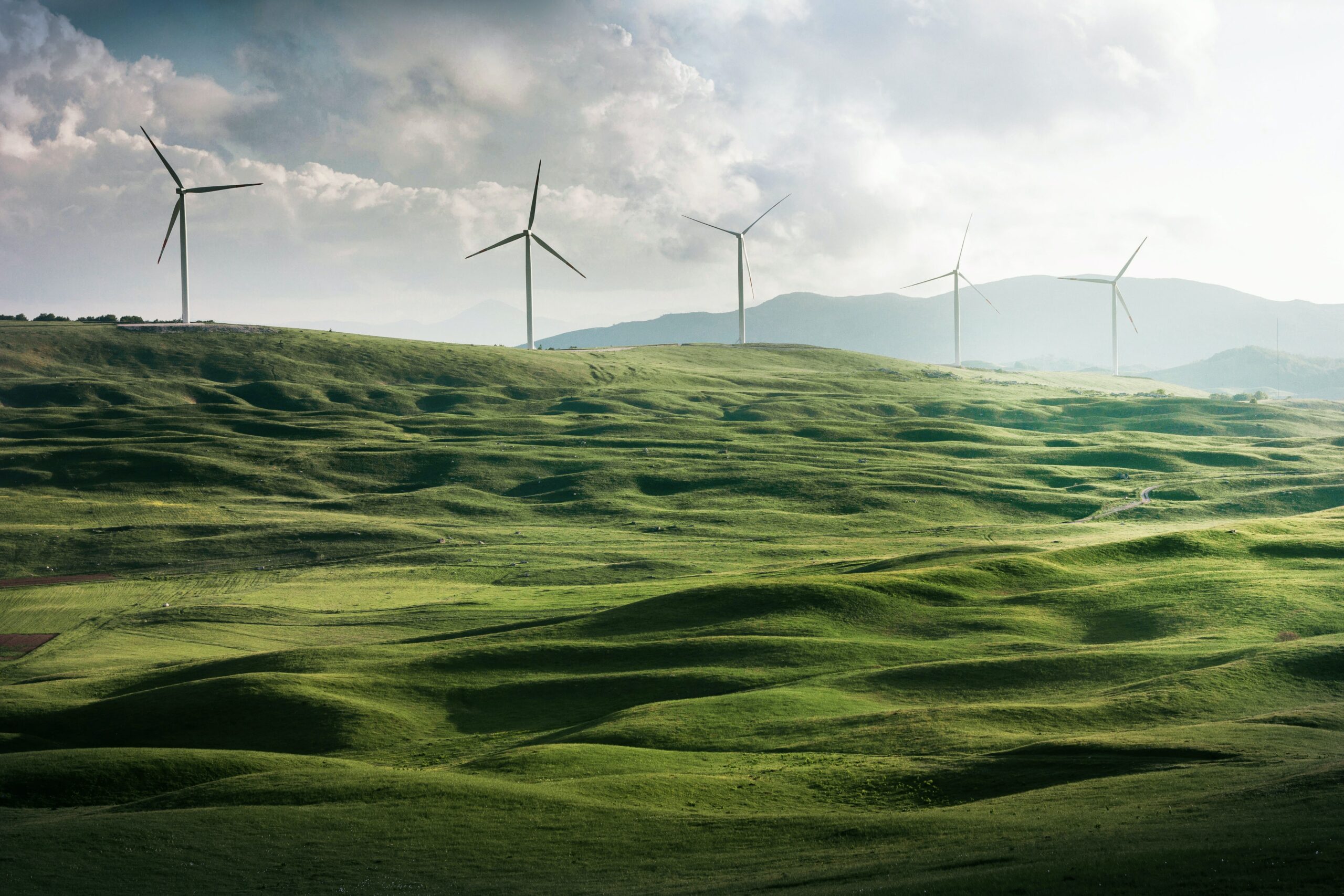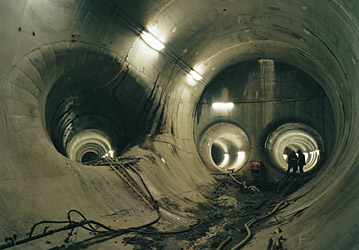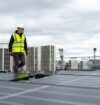Taken at the Flood
Feature on Dinorwig Pumped Storage Power Station
In the dramatic Welsh mountain scenery of the Snowdonia National Park lies a well-kept secret. Snug in Llanberis, under what’s known locally as “Electric Mountain”, lies a buried power station, built on the site of a disused quarry. Dinorwig is comprised of 16km of underground tunnels, deep below Elidir mountain. Its construction required 1 million tonnes of concrete, 200,000 tonnes of cement and 4,500 tonnes of steel. Not only is it an awesome, Bond-villain type underground lair, it also probably boiled your cup of tea last time you jumped up after Eastenders or the Cup Final. Dinorwig is Europe’s largest “pumped storage” power station, capable of generating up to 1728 Megawatts of electricity. What that means in layperson’s terms, is it uses water to turn electric turbines, the same as a normal hydroelectric power station, but when electricity is “off-peak” at night it reverses its turbines and pumps the water back up the mountain again, ready to cope with another surge in demand – it only takes 15 seconds to fire up the turbines, unlike most other power stations which cannot be switched on and off in this way.

The National Grid is a highly-complex system, needing to have a reserve of power for the fabled moment when half the population makes a cup of tea at the same time (and goes to the loo, if you are interested in such details…). The grid also cannot be switched off, so even in the middle of the night there is electricity available. Dinorwig makes use of this surplus electricity to pump water from its bottom to top reservoirs, making it ready to jump into action when more power is called for by the Grid’s operations centre in Wokingham.

Another feature of this astonishing civil engineering project is its environmental sensitivity– it was built almost entirely underground in a National Park, because the situation of two natural lakes, one higher than the other was nearly ideal to create the project. Only a few office buildings, clad in natural Welsh stone and slate are visible above ground. When a unique species of Arctic Char – a small rare fish – was found in the reservoir to be, it was carefully moved to identical conditions a few miles away. Trout can migrate through special tunnel that bypasses the turbines.

Electric Mountain runs tours of its plant. These run daily from Easter to the end of October. After a safety briefing, and obligatory hard-hat protection, coaches take you down the tunnels into the mountain. There you can see the vast machine hall, 180 metres long, withits 6 huge turbines, wander under stalactites (hence the need for the hard hat) and see the power station in operation. A short film complements the tour. There is a café, child’s play area, gift shop, and gallery to keep visitors amused.

With increasing amounts of alternative energy being fed into the National Grid, there will be growing fluctuations. Denmark – with one of the most highly developed wind power networks – has suffered low power, when the wind was not blowing, but also has had surges, where high winds pushed the network to capacity. Fortunately the Danish National Grid could sell the excess to neighbouring countries. As the UK is committed to 80% of all energy use to come from renewable sources by 2050, the government expects tha telectricity will do more than its fair share and therefore will need to be around 35% renewable by 2020, we will need mechanisms in place to ensure that power fluctuations are “smoothed out”. Pumped storage is one method. It has the advantages of being well-known, tried and tested technology. The difficulty, of course, is that there are few lakes in such a providential configuration as at Llanberis. In most cases reservoirs would have to be excavated specially if we were to build any more. This would previously have seemed too expensive, but now we are experiencing the shock waves of high-priced energy on our society, then perhaps Dinorwig shows us a way forward. For example, Spain with its commitment to wind power, has 3 gigawatts of pumped storage available. As more alternative energy comes on the grid, it is likely that more of these stations will be needed, as pumped storage is a proven and reliable technology. The stations also have a long lifespan – Dinowig is looking to its thirtieth birthday this year, and the nearby smaller Ffestiniogpower station is 45 years old and still going strong. Kevin Dibble, Director of Marketing for First Hydro, who run both stations, says that they will last for the forseeable future with appropriate maintainance. Most sites in Britain have been surveyed, and are very limited, so apart from one site in Scotland, the geography may limit more facilities on the Dinorwig pattern. However an alternative is to build lagoons at sea, with high sea walls, pump water in with cheap electricity, then when it is needed, open sluice gates to turn turbines.
All images courtesy of Dinorwig Power Station.
http://www.fhc.co.uk/dinorwig.htm
View GreenJobs for the latest Hydro Power Jobs.



